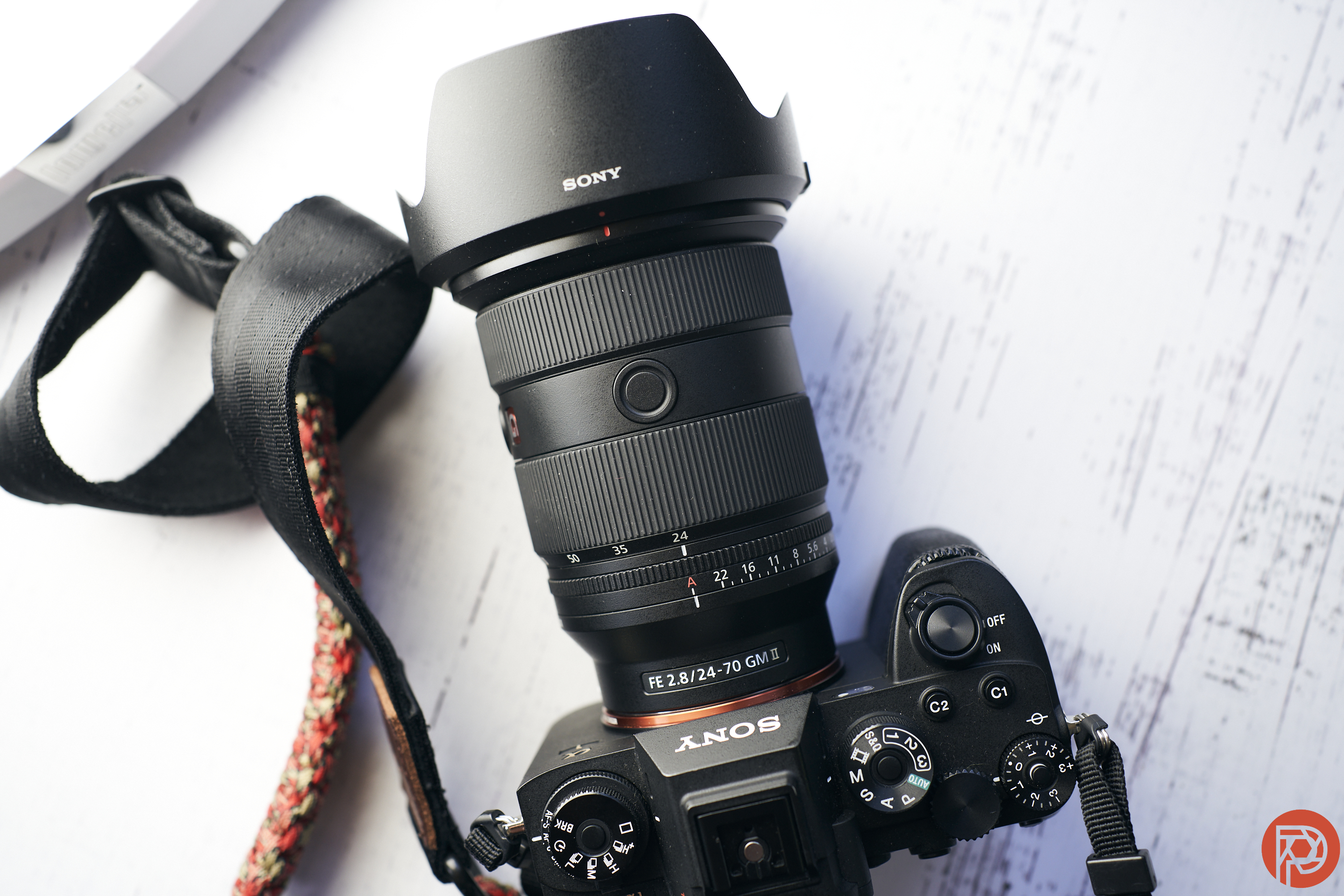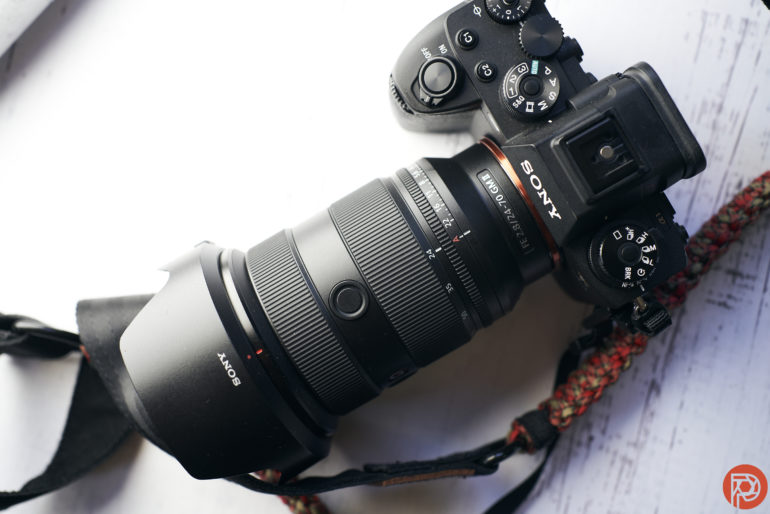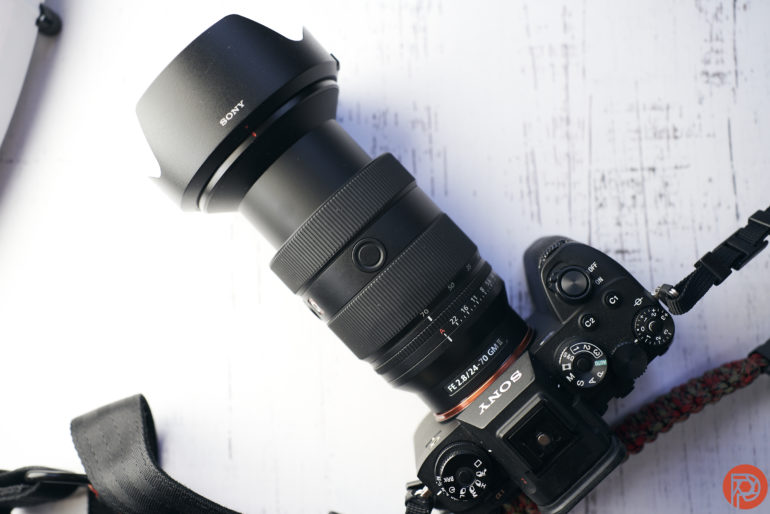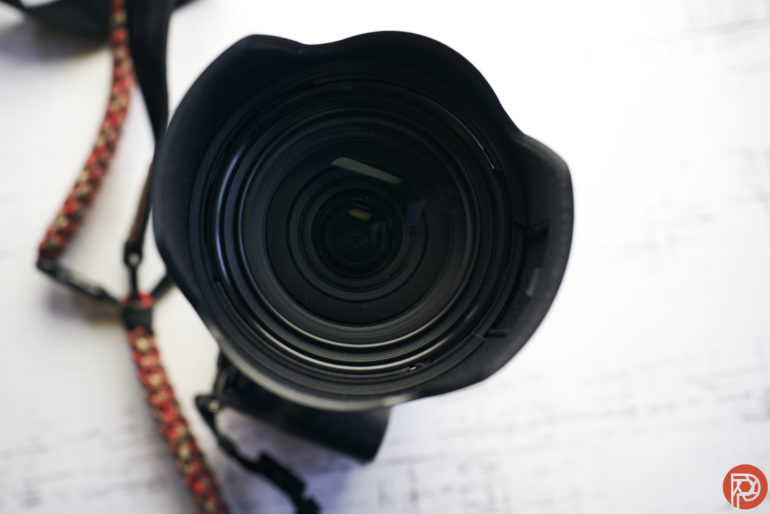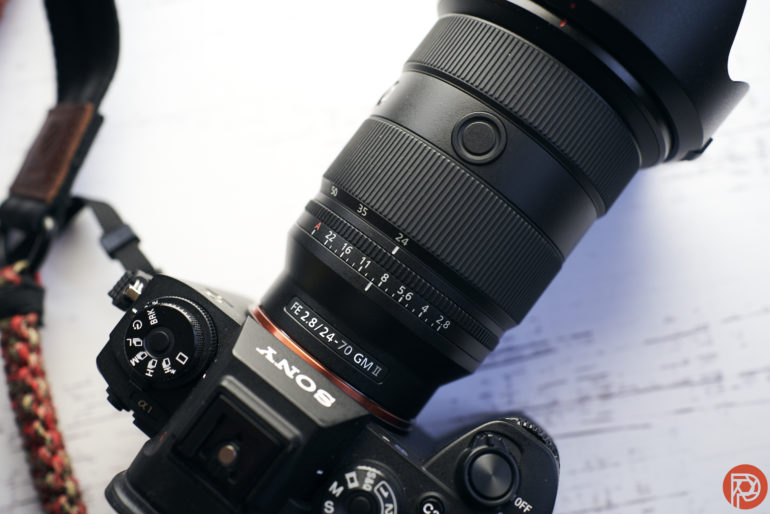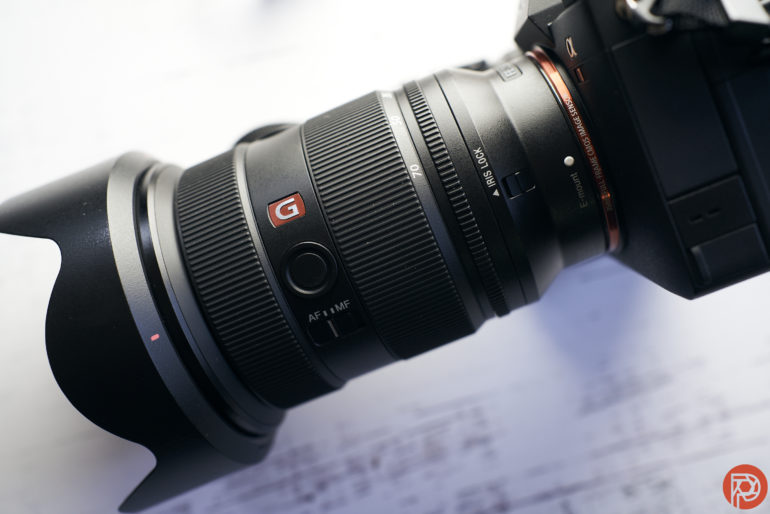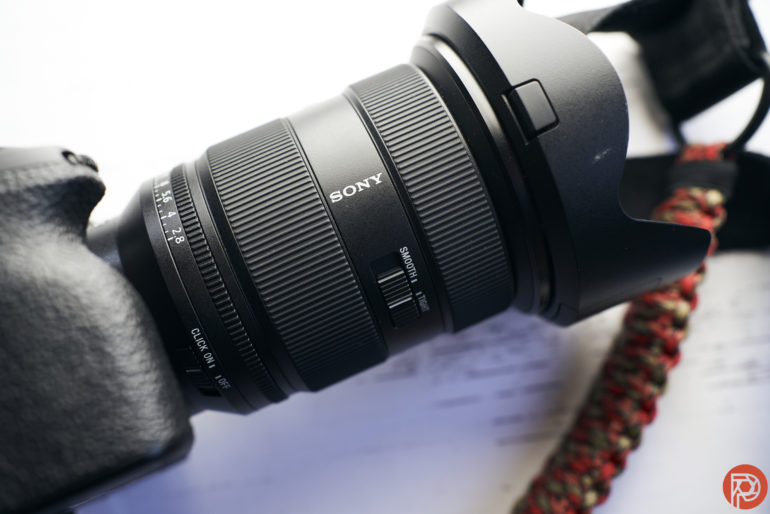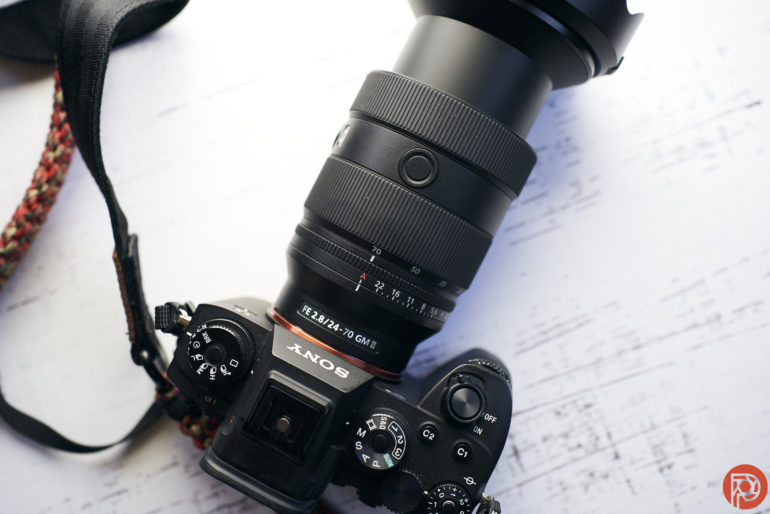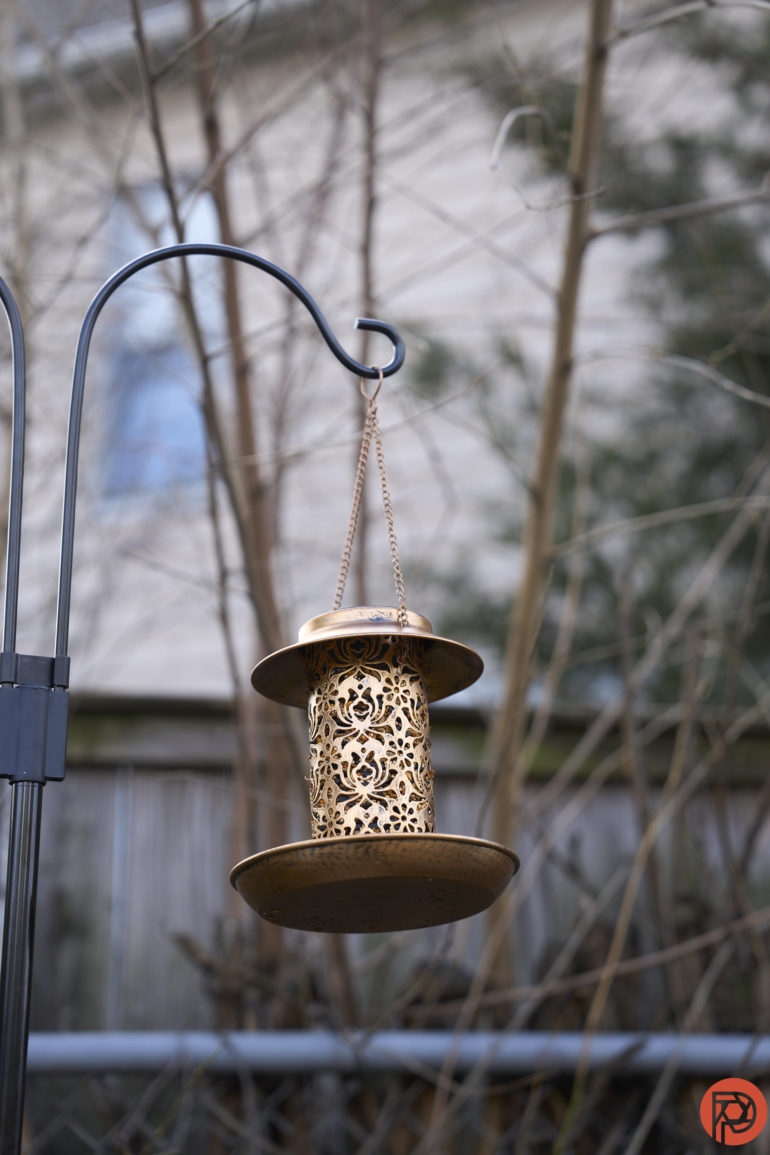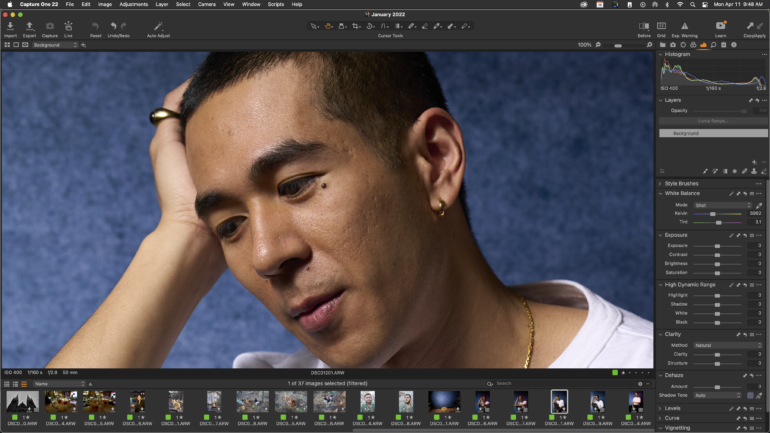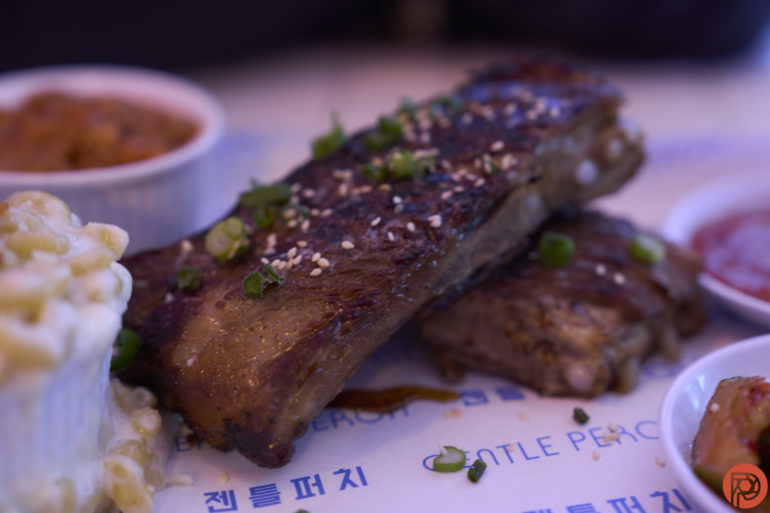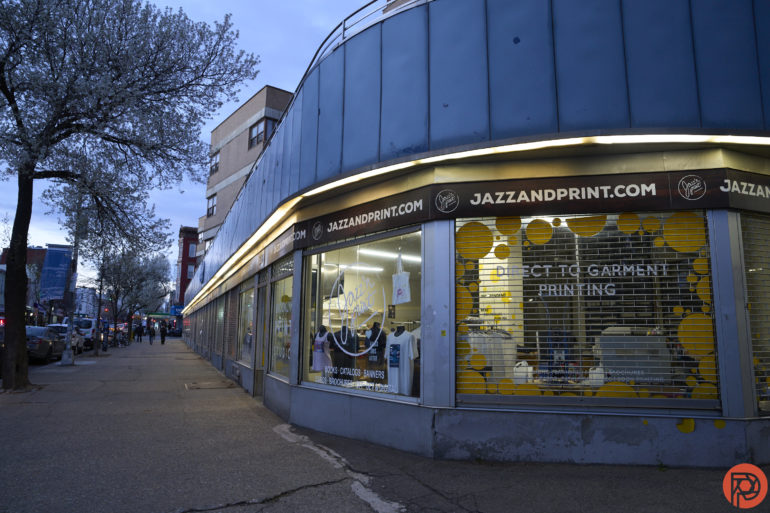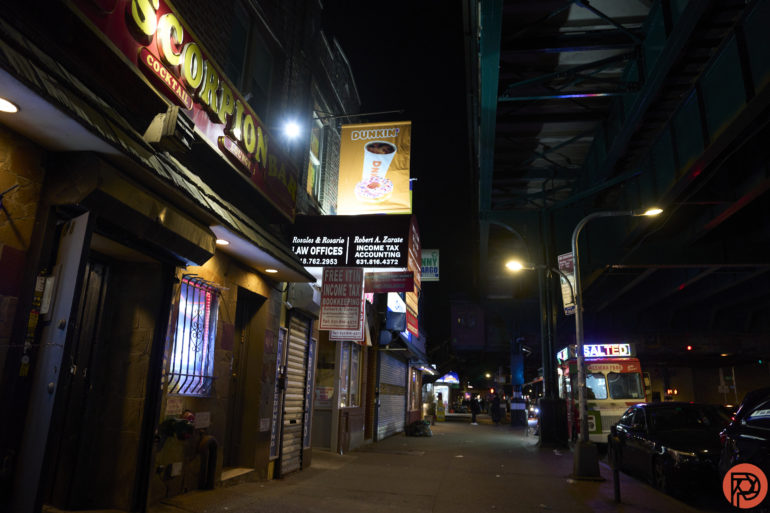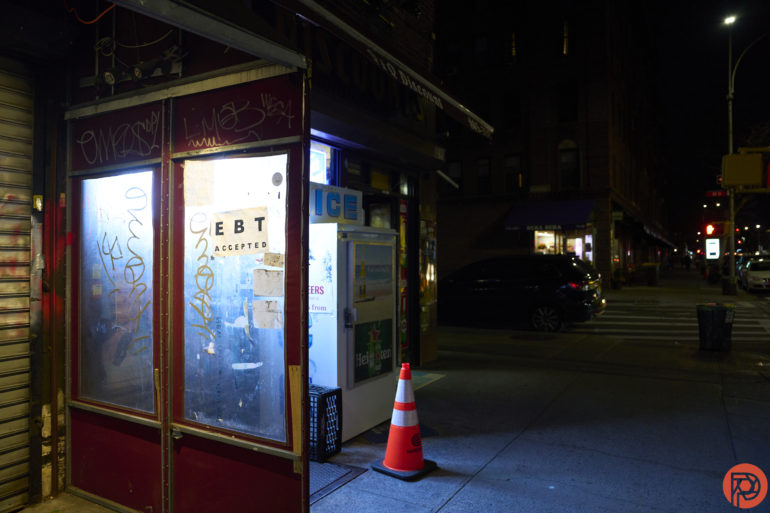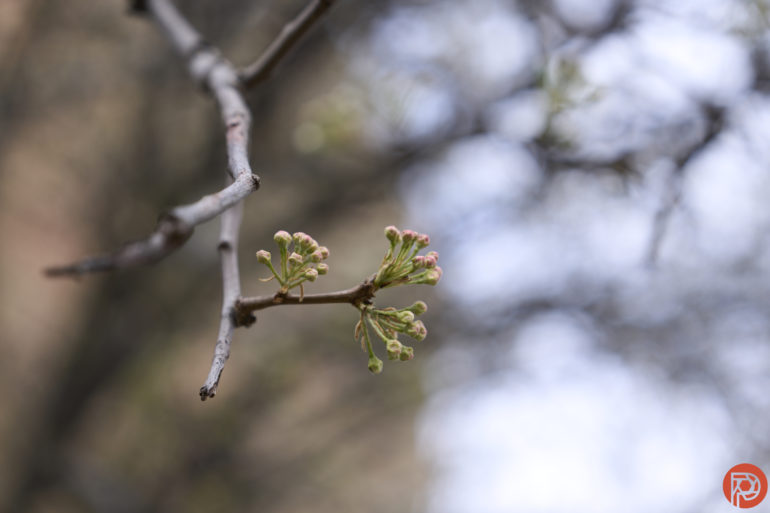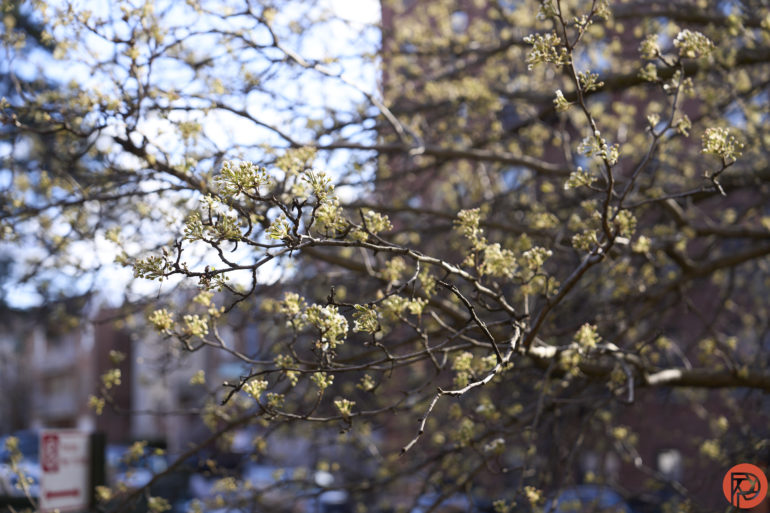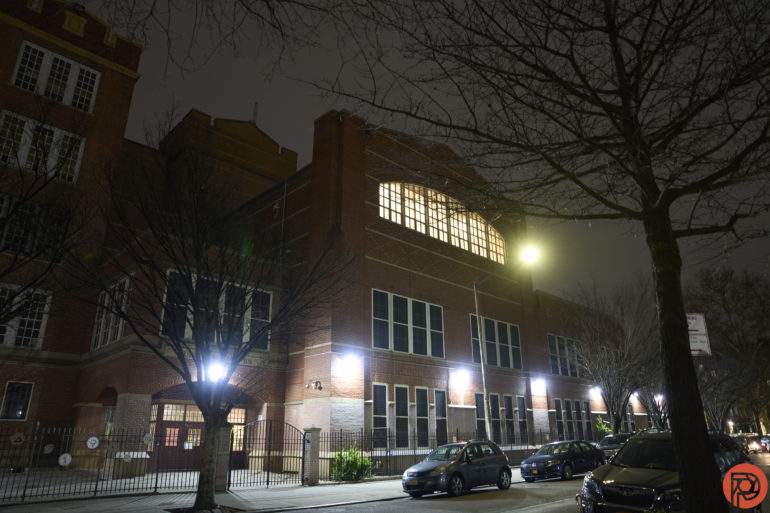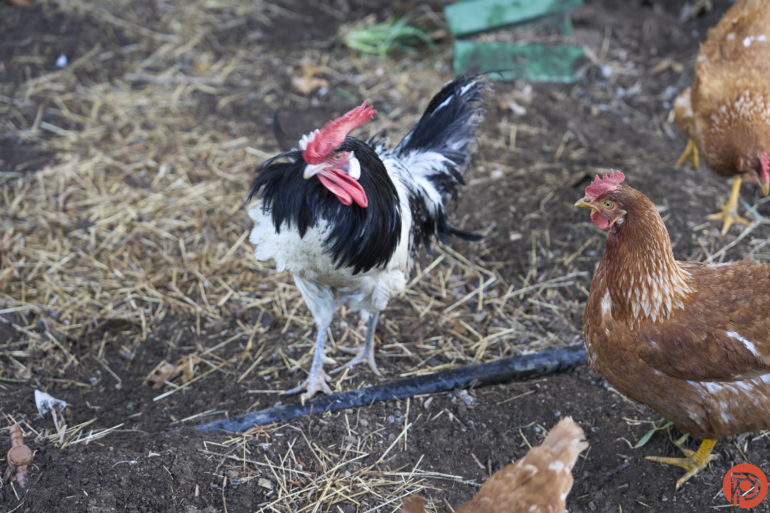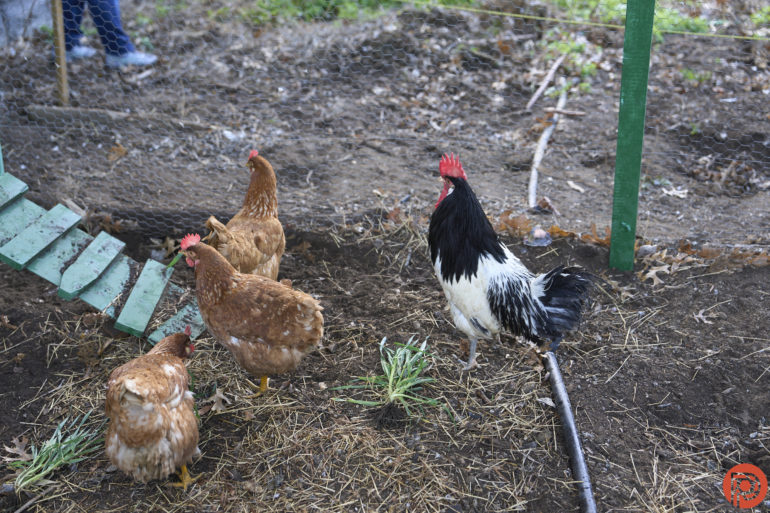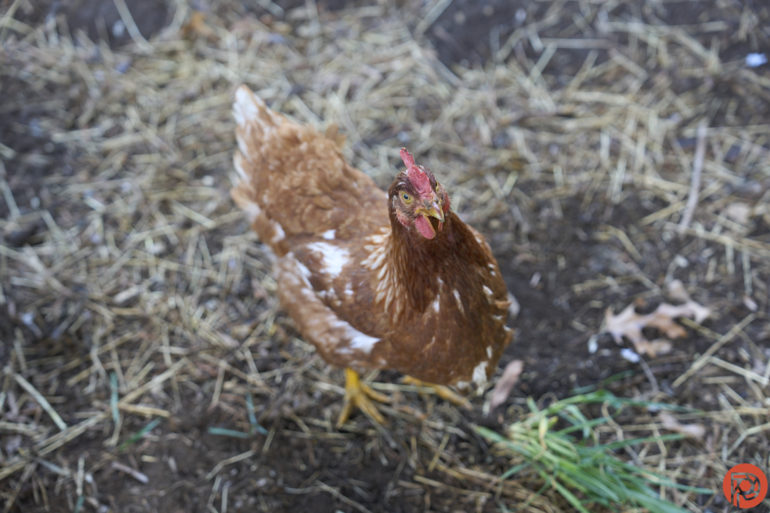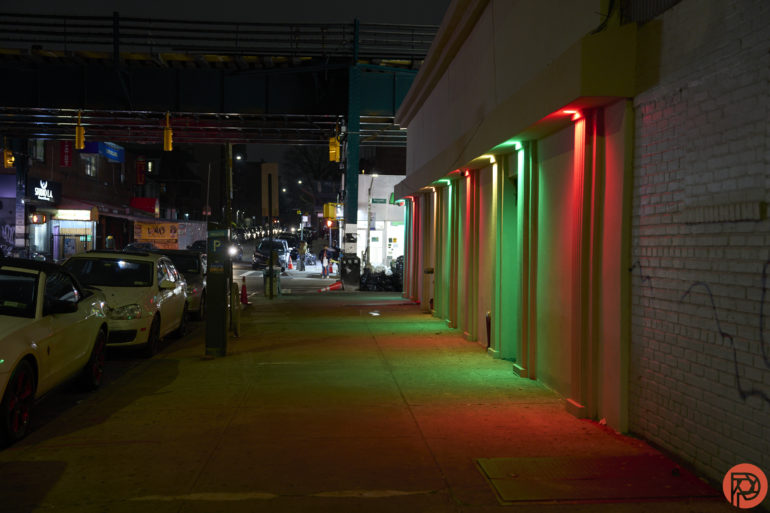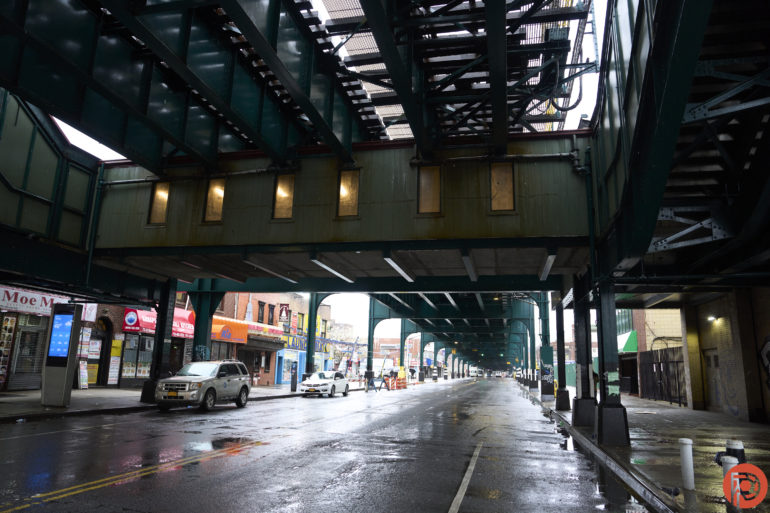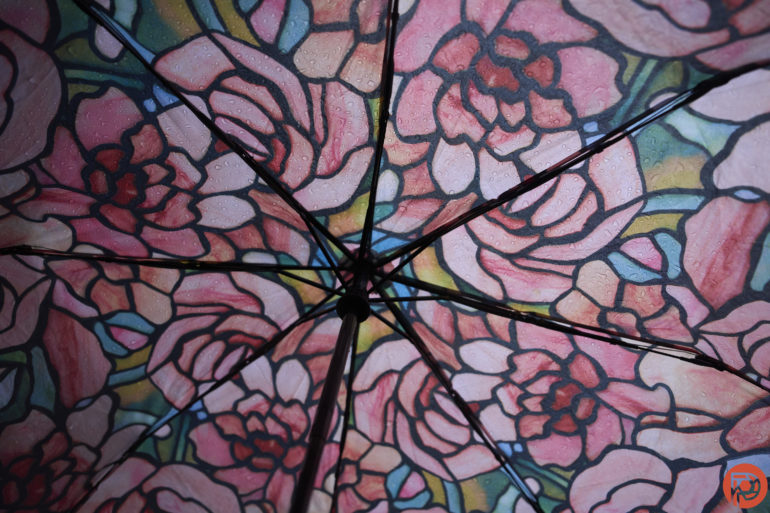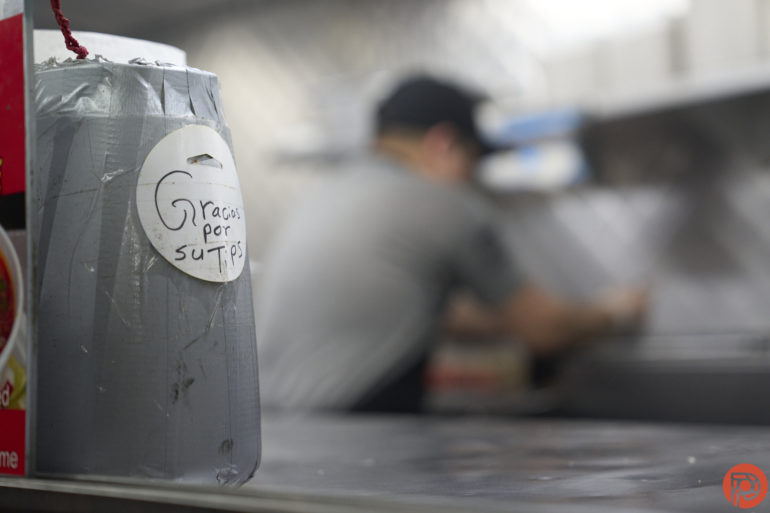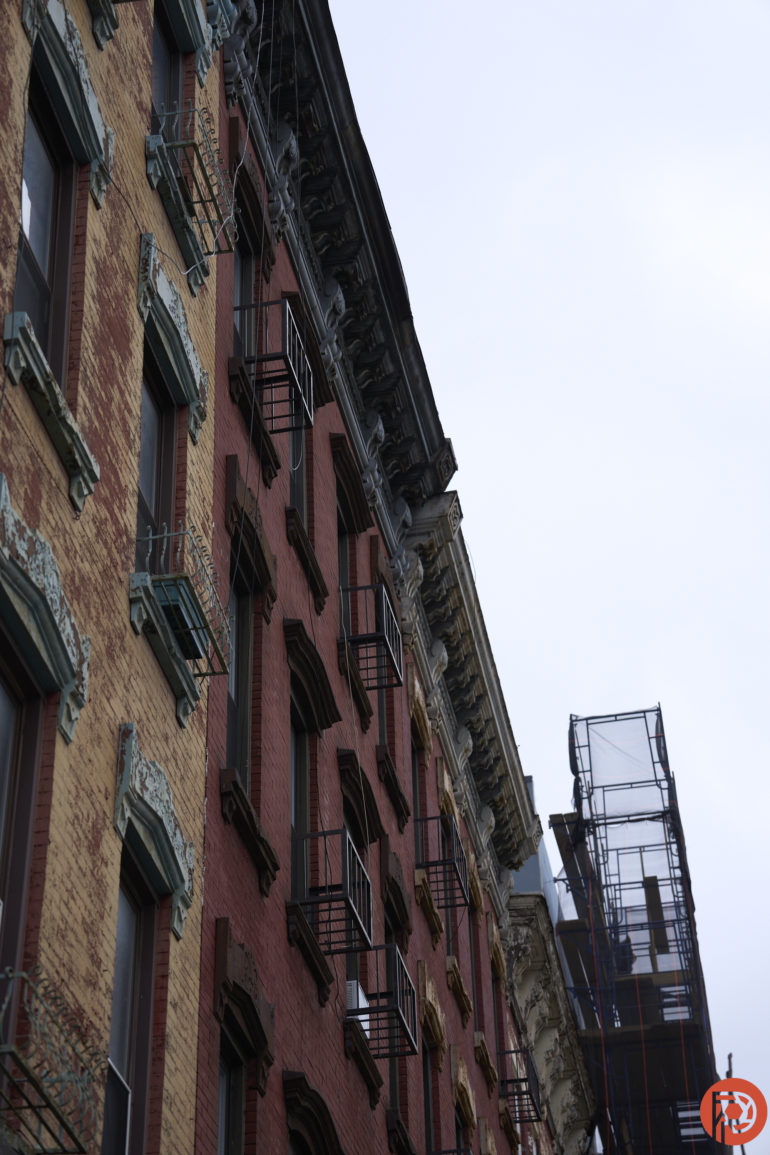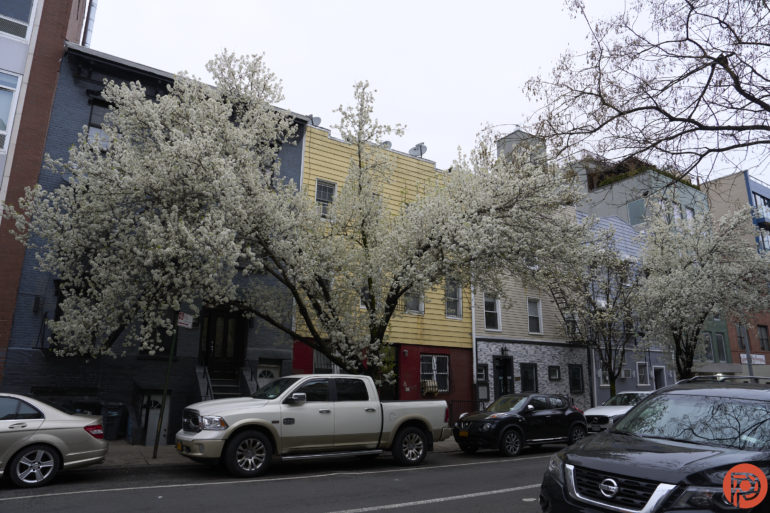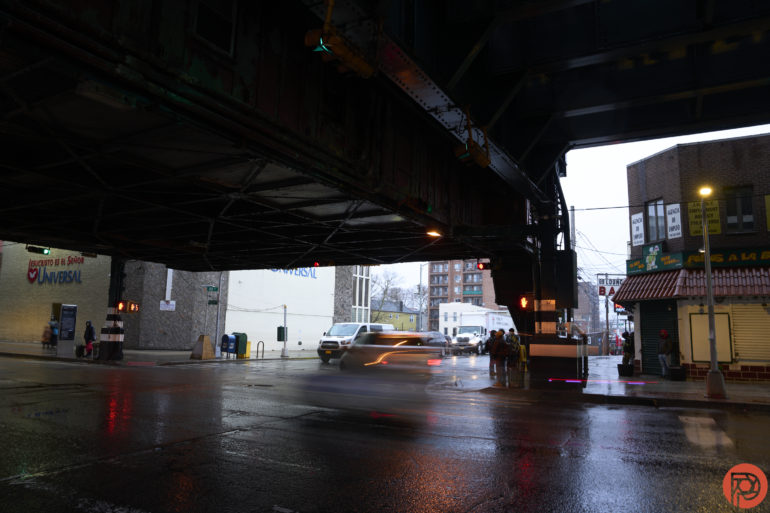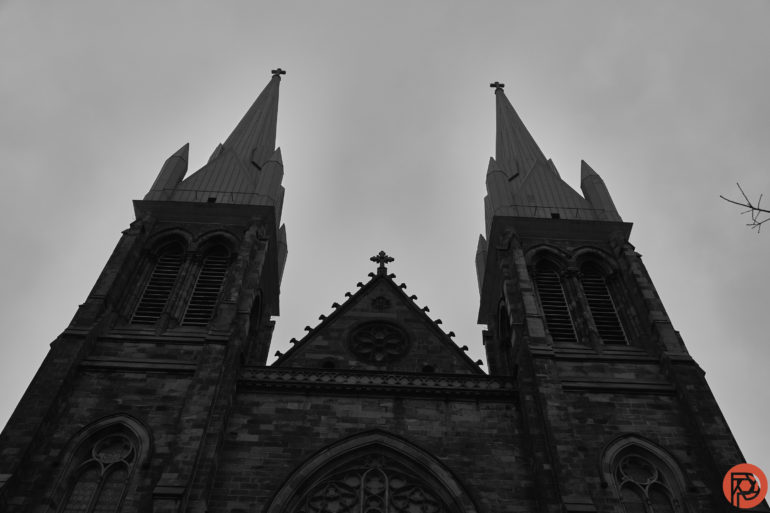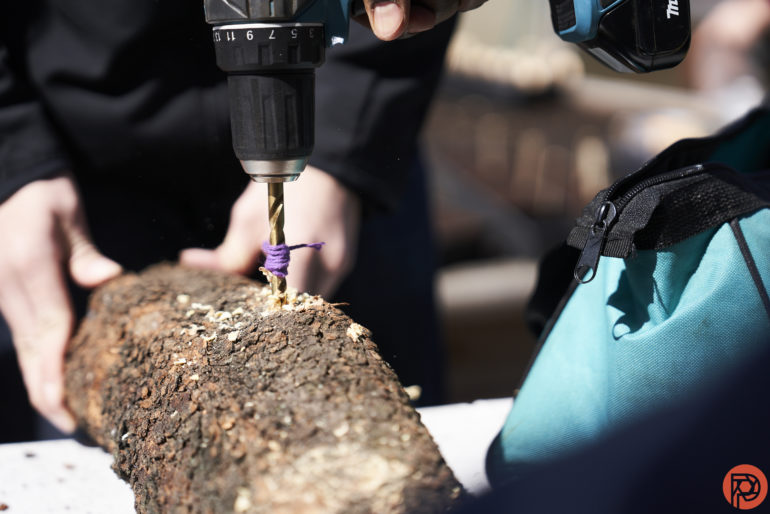Many photographers are bound to like the new Sony 24-70mm f2.8 G Master II. Following up their previous lens, this one has Sony leaning even harder into their beliefs. It’s sharper, smaller, lighter, and even more clinically perfect. It takes a lot of the tech they’ve created for years and bundles it into this lens. If you’re a fan of that extra clean Japanese look, get ready to pony up a lot of money.
We hate banner ads too. Download our app for iOS, iPad, and Android and get no banner ads for $24.99/year.
Table of Contents
The Big Picture

The Sony 24-70mm f2.8 G Master II is an excellent lens for a professional photographer that wants the cleanest, most sterile image possible. This has been Sony’s mission since the start. It removes any issues with lens flare, all aberrations and gives you a clinically perfect lens. While doing this, they cut down the size and weight. Objectively speaking to how photography has been presented for years, the Sony 24-70mm f2.8 G Master II is a winner. But if you’re looking for something with more soul, I’d suggest looking at Tamron and other brands instead.
Either way, the Sony 24-70mm f2.8 G Master II deserves its Editor’s Choice award because it’s so darned good. We’re also giving it five out of five stars. Want one? Check them out on Amazon and Adorama.
Pros
- Weather-resistant; moreso with newer camera bodies than the other ones.
- Fast autofocus
- Smaller and lighter than the previous version
- Feels great on older, smaller camera bodies.
- Autofocuses well on both older and newer camera bodies
- Very sharp
- The colors are pretty gorgeous. I’d expect this of Sony primes, but this is wonderful!
- Nice bokeh
- Distortion, even in the corners, is heavily suppressed.
- Lots of nice extra buttons
Cons
- Somewhat pricey, though justifiably so
- No image stabilization built-in; someone is bound to complain about this
- It feels better balanced on previous camera bodies than newer ones like the Sony a1
- There’s nothing incredibly innovative about this lens besides its small and lightweight.
Gear Used
We tested the new Sony 24-70mm f2.8 G Master II with the following:
- Sony a7r III (our own unit)
- Sony a1 (a loaner unit from Sony)
- Profoto B10 (our own unit)
Innovations
The Sony 24-70mm f2.8 G Master II remains fairly conservative on innovations. They focused on making the body smaller and lighter. While doing this, they gave it better image quality too. Set side by side with a few other entrants to the category, it looks a bit stale. Canon’s contender adds image stabilization, which is needed for greener photographers. Tamron’s 28-75mm f2.8 isn’t as wide but reaches further. It also adds an insane level of weather resistance and a USB port.
Ergonomics
Look at the new Sony 24-70mm f2.8 G Master II. It appears to be a very standard lens when you look right down at it. But there’s a decent amount of makeover work that’s been done. Our copy looked like it had more of a matte black, almost grey look on the exterior.
When the lens extends out to zoom in fully, it becomes almost 1/3rd of the overall length larger. Beyond this, there are a few controls. Towards the front of the lens is the focusing ring. Behind that is an area that gives the G Master moniker and buttons. Following up that area is the zoom ring, which shares the same textured grip as the other rubberized ring. Lastly, there is the aperture ring.
This lens doesn’t say anything on the front as far as the filter thread goes.
Keep in mind that this lens has an aperture ring. That may throw some folks off. But if you turn it to the A-setting, you can use the camera like you usually do with aperture control.
Look on the left side, and you’ll find another button and the AF/MF switch.
Below that, you’ll see the other two controls. One is to make the aperture ring clicked or de-clicked. The other is to temper the zoom ring smoothness.
Build Quality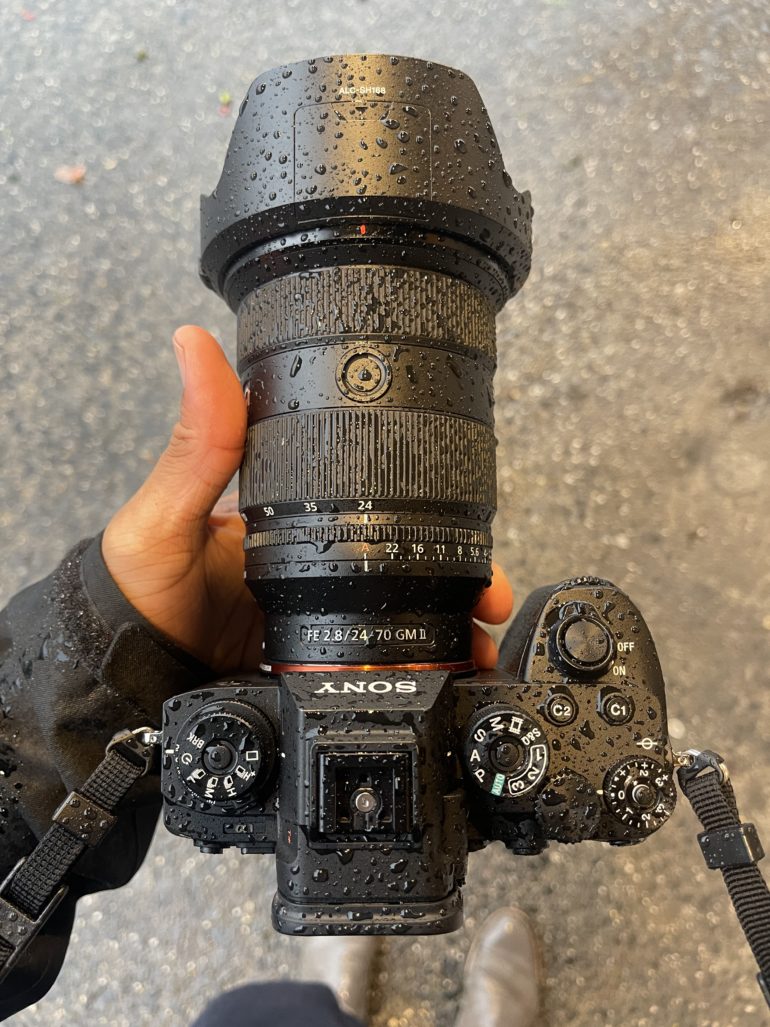
Springtime brings showers! During our time testing the Sony 24-70mm f2.8 G Master II, we took it out into the rain. In each and every instance, the lens and camera survived the downpours. As the years have progressed, Sony’s weather resistance has improved. Testing this lens on the Sony a1 yielded results with no single issue with sensor dust. But with the Sony a7r III, we had one instance of dust on the sensor. I genuinely believe that this is because Sony doesn’t have very much of a rubber gasket at the rear of their lenses. Compared to options from Tamron and others, Sony just tries to give the tightest fit it can to its own lenses. With all this said, the weather resistance of this lens is very good. But how it will affect the sensor will have to do with the camera’s sealing.
Autofocus
The Phoblographer’s staff has gathered together to revamp how we test the autofocus on cameras and lenses. So with that in mind, here are some of my findings:
- On the Sony a1, this lens didn’t do a good job with Bird AF when I tried to photograph chickens. It didn’t recognize them the way it would other birds or even animals. This can be blamed on the camera, but it’s worth noting for photojournalists. If you’re shooting a story on global warming and the effects of farming, keep that in mind.
- With the Live View Setting effect preview on, the lens and camera autofocused down to f5.6 in very low-lit situations quickly.
- In the same situation, with the exposure preview setting turned off, the Sony 24-70mm f2.8 G Master II and Sony a1 focused noticeably faster. I believe that Nikon has the best fix for photographers shooting with a flash that would turn off exposure preview.
- With the AF-C setting on and out of a few hundred images, the Sony 24-70mm f2.8 G Master II only missed focus in two images that I shot. This was when the AI settings weren’t enabled. Even when I told it where to focus, it still didn’t nail it. That’s still a near 100% hit rate.
I felt the best workaround was to set the camera to turn off the exposure preview and then program a button to give it to me when I was ready to shoot.
Admittedly, this was a torture test for sure. Anyone buying the Sony 24-70mm f2.8 G Master II I assume, would be using a flash of some sort in a very low light setting. Wedding photographers, photojournalists, and others come to mind. And if I knew I was going into an extremely low-lit environment, to begin with, I’d just bring a brighter prime lens. Alternatively, they’d just adjust the exposure to be more balanced and cancel any issues out with low-light autofocus.
Ease of Use
The Sony 24-70mm f2.8 G Master II can genuinely be a simple lens to use but offers photographers and creatives a lot of complexity if they want it. You can set the aperture dial to de-clicked or even totally disable the aperture dial. You can also adjust how stiff or loose the zooming function is. Then there are also other functions that can be assigned to the buttons on the lens.
Image Quality
Overall, I think that many passionate photographers who work like traditional professionals will adore the image quality from the Sony 24-70mm f2.8 G Master II. One camp is bound to find it clinically perfect so that they can spend hours in post-production. The other camp will find it so sterile that they’ll have no interest in the lens. But objectively speaking, both sides could easily understand why someone would want to buy this lens.
Bokeh
The best bokeh from this lens comes from the longer end at 70mm. Is it creamy? No. I’d personally say that it’s treading the line between hazy and cream more than anything. And we’ve come to expect that from the standard 24-70mm lens overall.
On the 24mm side, and focusing close up, here’s what the bokeh can look like. Because this lens can focus very closely, it can produce very pleasing results. But the staff and I would probably end up just reaching for a small prime lens more than anything else. We’re sure most of our readers would too.
Color Rendition
If I’ve ever seen a lens that produces true-to-life colors, this would be it. The Sony 24-70mm f2.8 G Master II perhaps reproduces the most natural colors that I’ve ever seen. That can be a great thing, but it can also be something that will mean you’ll need to do more post-production work. True-to-life colors are nice, for sure. But your creative vision isn’t necessarily true-to-life. Further, to prevent all the post-production work, you’ll have to dial in your settings accordingly. I wanted to set the scene above to a more tungsten white-balanced scene.
Lens Character
Let’s be brutally honest here: Sony stripped the character out of this lens. It was pretty impossible to make lens flare happen. Further, there are no issues with aberrations and minimal distortion. It’s well-controlled, even on the corners. I can see why many folks will naturally fall for this lens.
Sharpness
Combined with a Profoto B10 and stopped down to f5.6 or so, the Sony 24-70mm f2.8 G Master II is incredibly sharp with the Sony a1. In fact, I think it’s insanely sharp. A flash is how you’ll get the most sharpness from a lens like this. Take a look at the image above, which was shot using ambient lighting.
This image shows what a 100% zoom-in looks like in Capture One. That’s a lot of details. I lowered the default settings for clarity, sharpness, and all the sub-settings. Even then, I thought this render was too sharp. Lots of photographers will love that. But personally speaking, I’d use a haze filter or a totally different lens instead.
Extra Image Samples
From day one, the Phoblographer has been huge on transparency with our audience. Nothing from this review is sponsored. Further, lots of folks will post reviews and show lots of editing in the photos. The problem then becomes that anyone and everyone can do the same thing. You’re not showing what the lens can do. So we have a whole section in our Extra Image Samples area to show off edited and unedited photos. From this, you can make a decision for yourself.
Unedited
Edited
Who Should Buy the Sony 24-70mm f2.8 G Master II?
Before I finished this review, I had chats with a few photographers. So let’s go down the list:
- Professional photographers that want a good 24-70mm lens will like this. But I also believe they should genuinely consider Tamron’s 28-75mm f2.8 G2. I personally prefer that lens, and you can check out our review here.
- Passionate photographers who like to have clinical perfection and then work on their images in post-production will like this lens.
- Photojournalists will have little reason to complain about this lens. They should get it.
Alternatively, I think that there are many photographers for who this lens isn’t for. For example, portrait photographers will find that the details are too sharp. You’ll have to sit there getting rid of lots of them or use a haze filter. But even then, the Sony E-mount has lots of better options for portrait photographers.
Want one? Check them out on Amazon and Adorama.
Tech Specs
The Phoblographer may receive affiliate compensation for products purchased using links in this blog posted.


